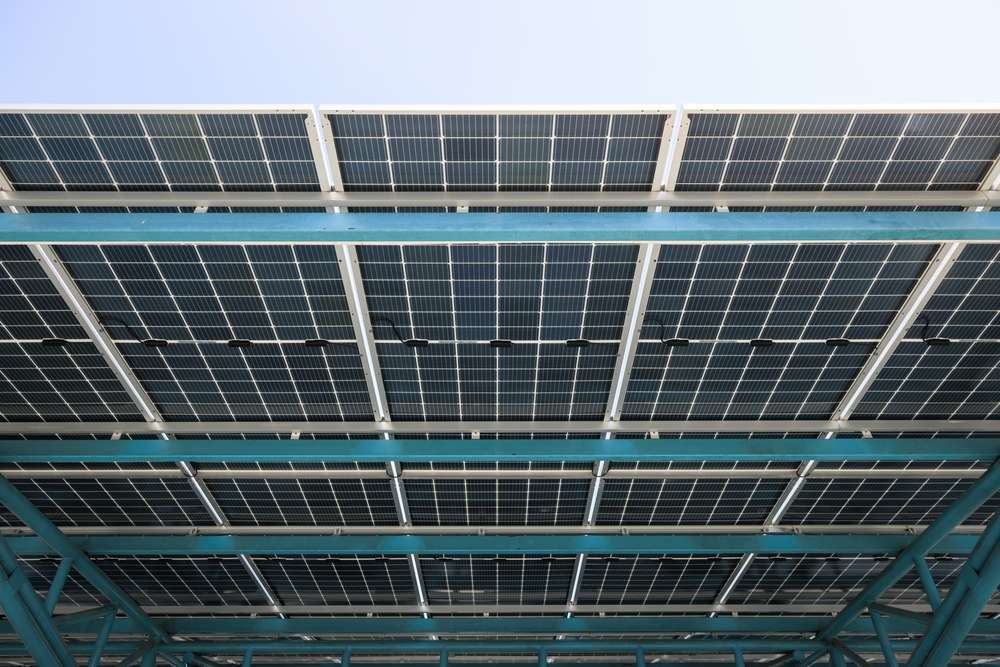Solar Lights: Brightening Your Outdoor Spaces Efficiently
Solar lights have transformed how we illuminate outdoor areas, offering an eco-friendly and cost-effective alternative to traditional electric lighting. These innovative devices harness sunlight during the day and automatically provide illumination at night, making them ideal for gardens, pathways, patios, and security purposes. Understanding how solar lights work and how to install them properly can help you maximize their benefits while reducing energy costs and environmental impact.

How Solar Lights Work and Their Benefits
Solar lights operate through photovoltaic cells that convert sunlight into electrical energy, which is stored in rechargeable batteries. As darkness falls, light sensors trigger the LED bulbs to illuminate using the stored power. This autonomous system requires no wiring or electricity bills, making solar lights an attractive option for homeowners seeking sustainable lighting solutions. Modern solar lights can provide illumination for six to twelve hours on a full charge, depending on the model and weather conditions. They come in various styles, from decorative garden stakes to powerful security floodlights, offering versatility for different outdoor needs.
Garden Solar Lights: Enhancing Your Landscape
Garden solar lights serve both functional and aesthetic purposes in outdoor spaces. Pathway lights guide visitors safely through your yard while highlighting landscaping features. Decorative solar lanterns and string lights create ambiance for evening gatherings. Spotlights can accentuate trees, sculptures, or architectural elements. When selecting garden solar lights, consider the brightness level measured in lumens, with decorative lights typically ranging from 1 to 15 lumens and functional pathway lights requiring 50 to 100 lumens. The quality of solar panels and battery capacity directly impacts performance, so investing in durable models with weather-resistant construction ensures longevity. Position garden lights where they receive maximum sunlight exposure, typically six to eight hours daily, to maintain optimal charging.
Tips for Installing Solar Lights Successfully
Proper installation maximizes the efficiency and lifespan of solar lights. First, identify locations that receive direct sunlight throughout the day, avoiding shaded areas under trees or eaves. Before permanently placing lights, test their position for a few days to ensure adequate charging. Clean the solar panels regularly with a soft cloth to remove dirt, dust, and debris that can reduce charging efficiency. When installing stake lights, ensure they are firmly anchored in the ground to withstand wind and weather. For wall-mounted solar lights, use appropriate hardware and verify that mounting surfaces are stable. Replace rechargeable batteries every one to three years as they naturally degrade over time. During winter months in colder climates, consider bringing solar lights indoors or ensuring snow does not cover the panels. Adjust the angle of adjustable solar panels seasonally to capture optimal sunlight as the sun’s position changes throughout the year.
Choosing the Right Solar Light Type for Your Needs
Different solar light types serve specific purposes and environments. Path lights provide low-level illumination for walkways and borders, typically standing 12 to 18 inches tall. Spotlights offer focused, brighter beams suitable for highlighting features or providing security lighting, often producing 300 to 700 lumens. String lights create festive atmospheres for patios and entertainment areas. Motion-sensor solar lights combine energy efficiency with security, activating only when movement is detected. Floating solar lights add charm to ponds and pools. When evaluating options, examine the solar panel size, battery capacity measured in milliamp hours, and LED quality. Higher-quality components may cost more initially but provide better performance and durability. Consider your specific lighting goals, whether for safety, decoration, or functionality, to select appropriate models.
Common Solar Light Maintenance and Troubleshooting
Maintaining solar lights ensures consistent performance and extends their operational life. If lights fail to illuminate, first check whether the on/off switch is activated, as this is a frequently overlooked issue. Clean solar panels monthly or more often in dusty environments. Inspect and replace batteries when lights no longer hold a charge adequately. Verify that light sensors are not obstructed by dirt or positioned where artificial light sources might interfere with their operation. In areas with significant tree growth, trim branches that create new shade over solar panels. During extended cloudy periods, solar lights may not charge fully, resulting in dimmer or shorter illumination times. Some advanced models include replaceable LED bulbs, while others require complete unit replacement when LEDs fail. Store solar lights indoors during harsh winter conditions if they are not designed for extreme cold, as freezing temperatures can damage batteries and seals.
Environmental and Economic Advantages of Solar Lighting
Solar lights contribute to environmental sustainability by eliminating the need for grid electricity, reducing carbon footprints and fossil fuel dependence. They pose no risk of electrical shock and require no trenching for wiring, preserving landscaping and reducing installation labor. While quality solar lights may have higher upfront costs compared to traditional electric options, they eliminate ongoing electricity expenses and reduce maintenance costs associated with wiring repairs. Over their typical lifespan of three to five years, solar lights often prove more economical than conventional outdoor lighting. They also increase property value by enhancing curb appeal and outdoor functionality. As solar technology continues advancing, newer models offer improved efficiency, longer battery life, and greater brightness, making them increasingly competitive with traditional lighting solutions for residential and commercial applications.
Maximizing Solar Light Performance in Various Conditions
Geographic location and seasonal variations affect solar light performance. In northern latitudes with shorter winter days, solar lights receive less charging time, potentially reducing nighttime illumination hours. Positioning lights to face south in the Northern Hemisphere captures maximum sunlight. In regions with frequent cloudy weather, select models with larger solar panels and higher-capacity batteries to compensate for reduced charging opportunities. Some premium solar lights include auxiliary charging options through USB ports for maintaining charge during extended overcast periods. Reflective surfaces near solar panels can increase light capture, while dark surfaces absorb light that could otherwise reach the panels. Understanding your local climate patterns helps set realistic expectations for solar light performance and guides appropriate model selection for your specific environment.




